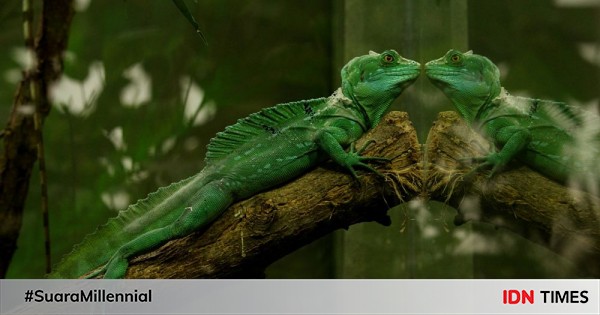Theoretically, an artificial virus could be created in the laboratory, but technically it is very complicated, says Drosten. Also, the variant of making SARS-1 a “more contagious clone” of SARS-2 is impossible, he said.
–
“You can’t just put a virus in a glass bowl and do an experiment with it. Whatever is formed is a question of molecular biological activity in the order of two to three years, “said Drosten. In the case of SARS-CoV-2, however, nothing like that is possible, because “the whole backbone of the virus is different,” says Drosten, trying to explain.
–
“If I wanted to make the virus more contagious, I would take an existing virus, incorporate the change into its system, and then compare it to the old one,” the scientist said, adding that the new coronavirus was much more different from its predecessors.
–
“If I want to know if the new car radio has a better sound, I’ll take the existing car and replace the radio in it. Then I’ll compare. I’m not building a brand new car because I want a better radio. But that’s exactly what happened with SARS-CoV-2. It is completely different from previous coronaviruses, “says the scientist.
–
Origin of coronavirus? Chinese fur industry
For Drosten, the most likely variant is that the source for the SARS-CoV-2 virus has become the Chinese fur industry.
–
“I see it this way, even though I have no evidence for it other than the clearly proven origin of the SARS-1 virus. It’s a virus of the same species, “he said. According to him, viruses of the same kind do the same things and often come from the same source.
–
“For SARS-1, it is scientifically proven that the transient hosts were raccoon dogs and civets. In China, they are raised on fur farms. If you buy a jacket with a fur collar anywhere in China, it is almost without exception a raccoon dog, “said Drosten.
–
However, there are no studies to shed light on whether this coronavirus originates on Chinese farms.
–
The server’s editor asked Drosten how it was possible that experts had not gone to the possible source of the virus and began examining it when the coronavirus turned the world upside down. “Breeding populations across the country would need to be systematically monitored. Samples would have to be taken all over the country. I don’t know if Chinese scientists are doing it. This cannot be ruled out. I don’t know if there will be a study next week to clarify this. All I can tell you is that I have no information about it, “he replied.
–
He recalled that there was a World Health Organization (WHO) mission in China.
–
How could SARS-CoV-2 get from a bat to a temporary host of a Chinese raccoon dog and from there to a human? According to Drosten, raccoon or civet dogs are predators for whom bats are a delicacy. They have the greatest harvest at the time when bat cubs are born and the weaker pieces do not stay high and fall to the ground. In many places, wild raccoons and civets are hunted and concentrated on fur farms. “That’s how the viruses get to the farms,” the scientist said.
–
Transmission to humans is then very simple. Feeding, but above all the subsequent killing of these animals, is a very contact activity.
–
Drosten was surprised by the new coronavirus pandemic because he believed that “this type of fur farming and trade has been stopped and will never return.”
—


